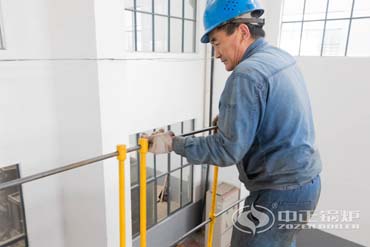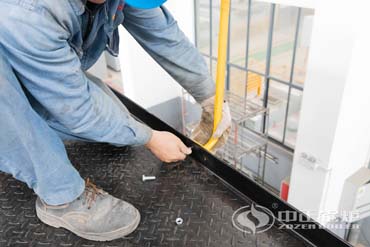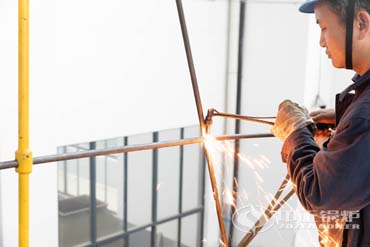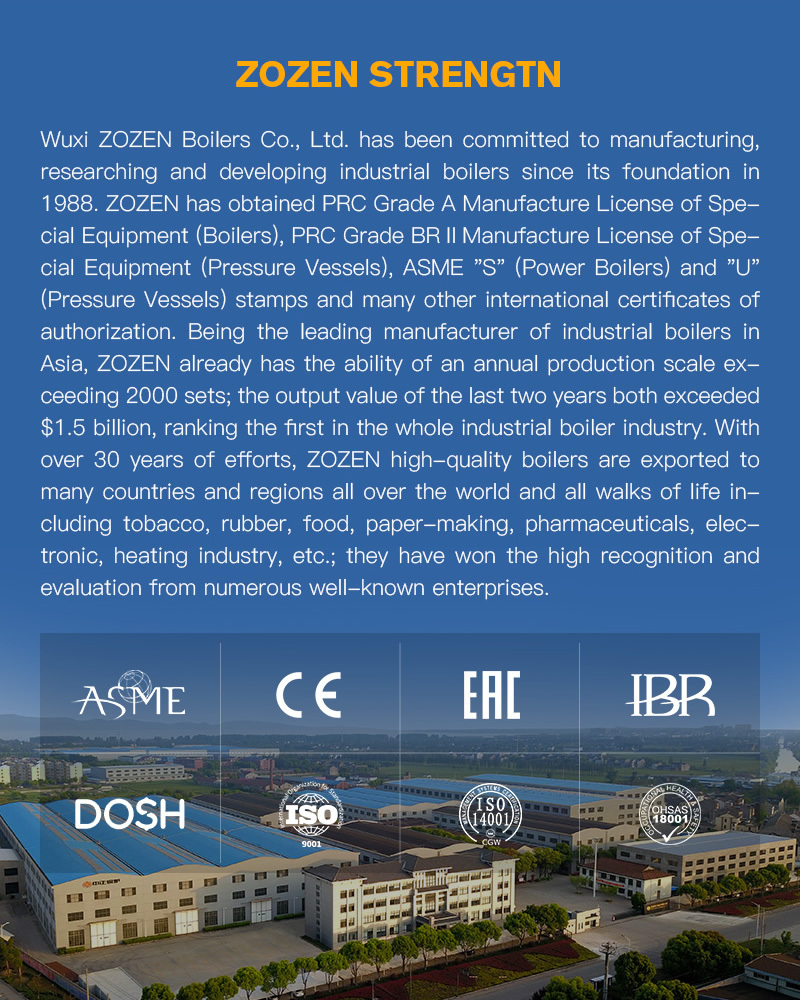
| Product Description: | Fluidization process of circulating fluidized bed boiler |
| Rated evaporation (t/h): | Fluidization process of circulating fluidized bed boiler |
| Project boiler medium: | Coal Fired Boilers |
| Equipment: | ZZ-65/3.82-AI |
Fluidization process of circulating fluidized bed boiler
With the increase of airflow velocity, solid particles present five different flow states: fixed bed, turbulent fluidized bed, rapid fluidized bed and pneumatic conveying. The circulating fluidized bed is in the stage of turbulent fluidized bed and rapid fluidized bed.
Fixed bed: in this state, the air flow in the particle gap is flowing, all solid particles are static state. Bubbling fluidized bed: when the airflow velocity reaches a certain value, the stationary bed starts to loosen. When the airflow velocity exceeds the critical fluidized wind speed, bubbles will appear in the feed layer and rise continuously. Moreover, bubbles will gather into larger bubbles and break through the feed layer. The whole material layer appears boiling state. Bubble fluidized bed has an obvious interface, and its upper part is a dilute phase area, including the area between the bed surface and the exit of the fluidized bed, also known as free space or suspension section. The lower part is dense phase region, also known as boiling section.


Turbulent flow fluidized bed: as the velocity of air flow continues to rise to a certain value, solid particles begin to flow. The interface between the bed layer gradually disappears, and solid particles are taken away constantly, moving up and down in the form of particle clusters, resulting in a high degree of backmixing. The airflow velocity at this time is the terminal velocity of bed material.
Rapid fluidized bed: when the velocity of airflow increases further, solid particles are carried out of the bed evenly by airflow. At this time, the airflow velocity is greater than the terminal velocity of solid particles, and the concentration of particles in the bed is basically the same. The concentration of the particles in bed is in the state of upper dilute and lower concentration. The rising section of circulating fluidized bed belongs to fast fluidized bed. The main characteristic of rapid fluidization is that the bed pressure drop is used to suspend and transport particles and accelerate the particles.
Pneumatic conveying: classified into dense phase pneumatic conveying and dilute phase pneumatic conveying. For the former, the concentration of particles in the bed becomes thinner and uniformly distributed above and below, and the pressure drop per unit height remains unchanged along the bed height. The pressure drop decreases with the increase of airflow velocity. For the latter, the flow velocity is increased and the bed pressure drop is increased. The typical characteristics of dense phase pneumatic conveying are as follows: bed pressure drop is used for conveying particles and overcoming the friction between gas, solid and wall surface. The bed pressure drop of thin phase pneumatic conveying is mainly controlled by friction pressure drop.
According to the above classification of combustion, the chain grate furnace adopts the fixed bed combustion mode, while the pulverized coal furnace adopts the most dilute suspended combustion mode.
For detailed boiler quotes, you can consult online customer service or call the 13861509127 hotline.

